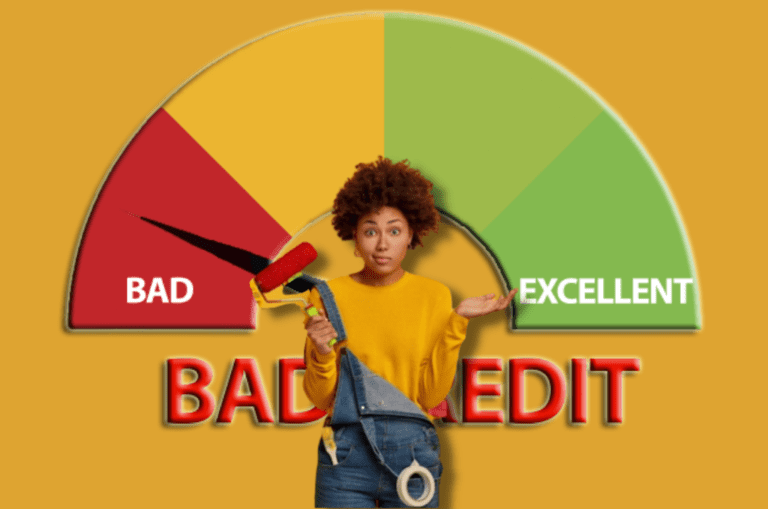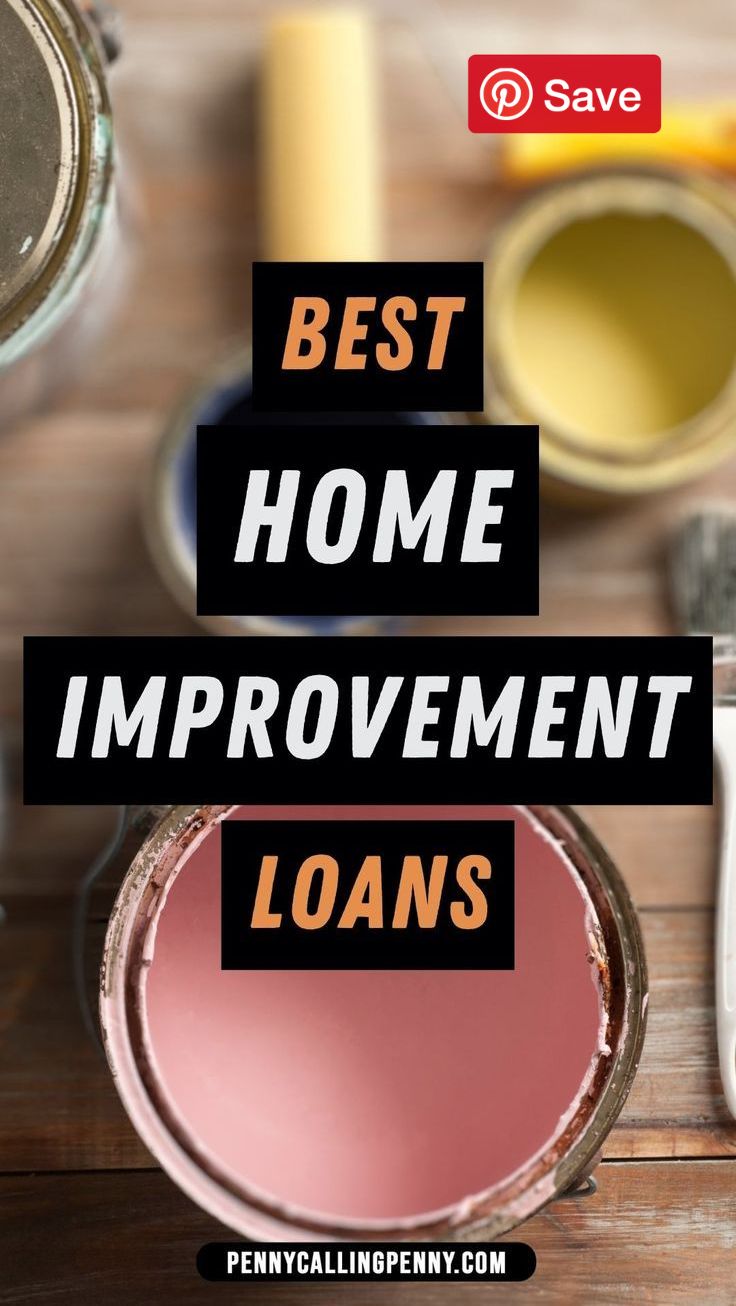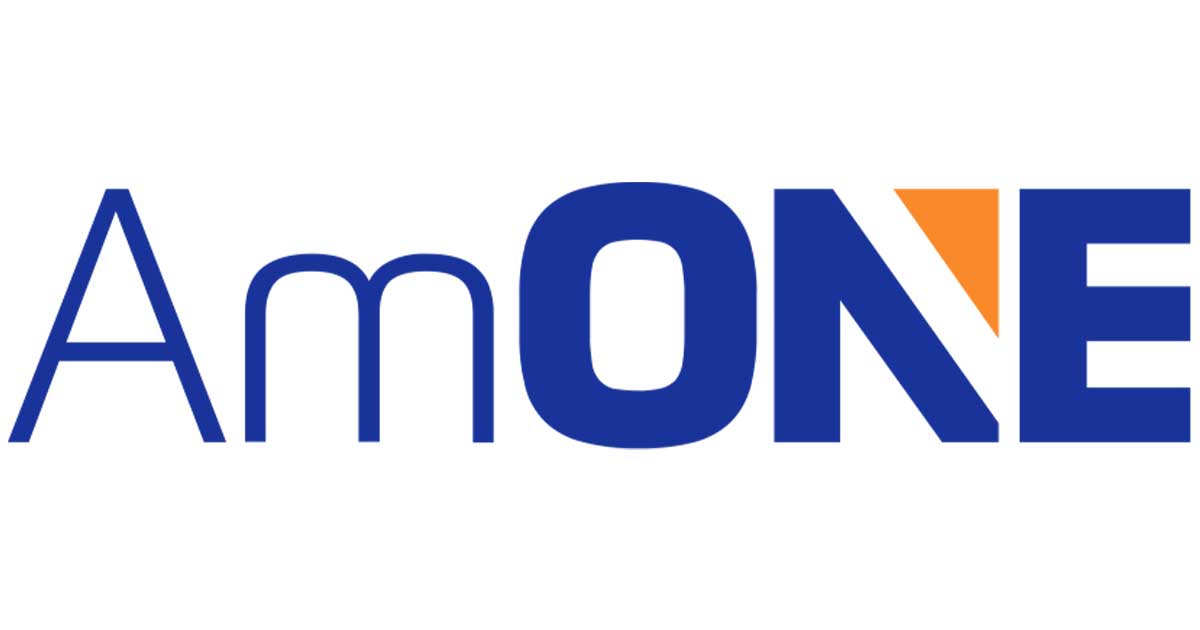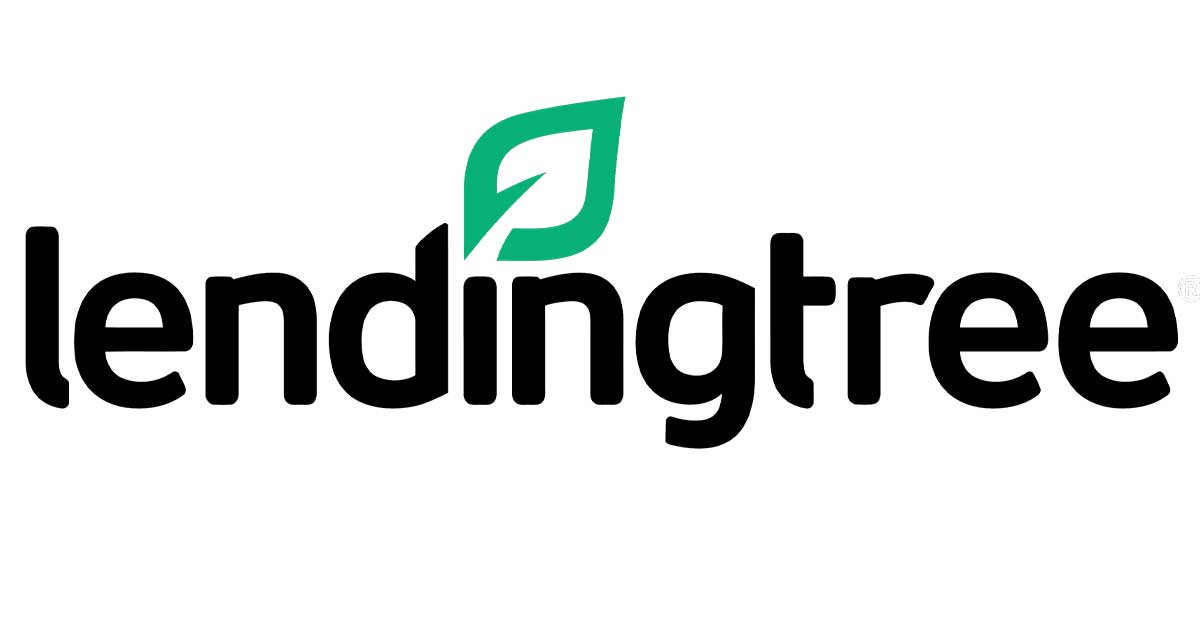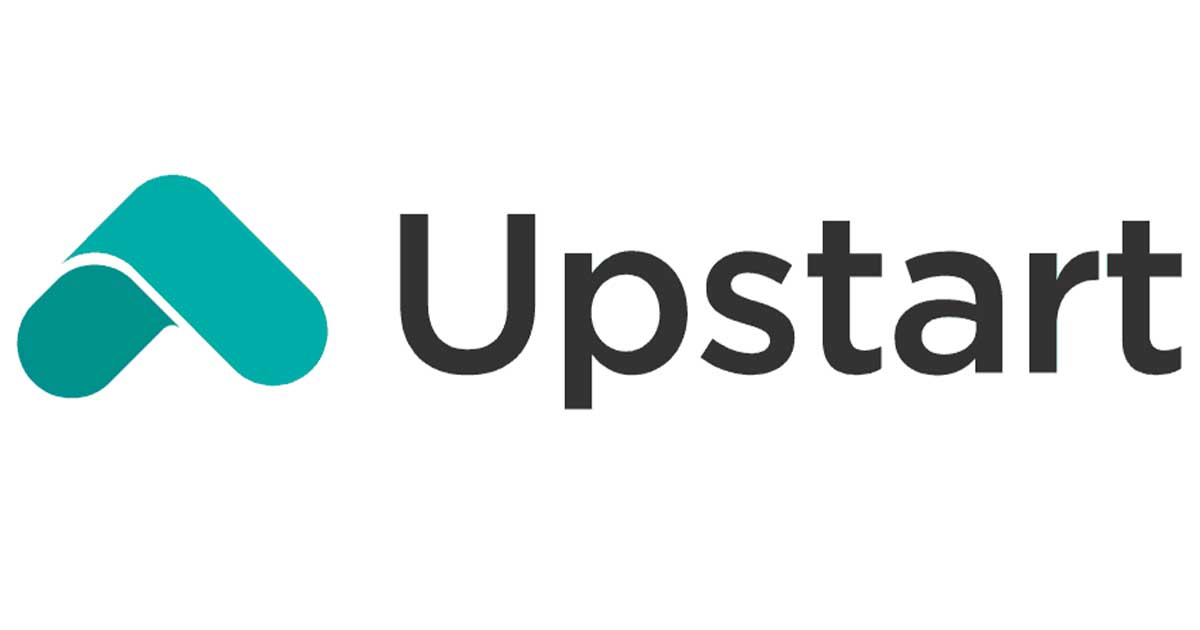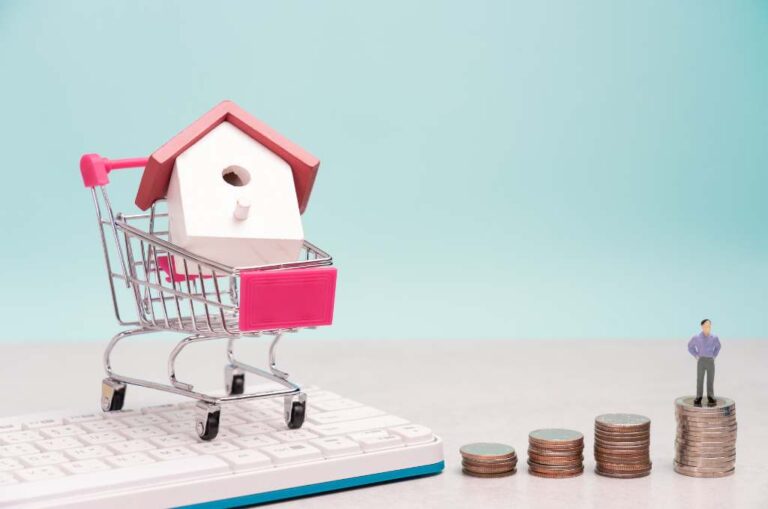Are you struggling with bad credit but in need of funds to improve your home? Look no further than a home improvement loan for bad credit. While it may seem like a daunting task to secure financing with poor credit, there are options available to help you achieve your home renovation goals. With a home improvement loan, you can increase the value of your home and create a more comfortable living space for you and your family. Don’t let bad credit hold you back from achieving your dreams. Read on to learn more about how a home improvement loan for bad credit can benefit you.
What Does It Cost To Renovate A House?
Home remodeling is more popular than you can imagine leading with interior home upgrades. Furthermore, the kitchen and bathroom upgrades are the top interior room renovations in the US. A recent study shows that nine in ten homeowners plan to update their homes.
More facts? Another recent survey shows that 72% of homeowners have a remodeling project in the pipeline this year. And it is not only the number of homeowners planning a remodel that is on the rise; the cost of remodeling is going up too.
Home Advisor averages the cost of home renovations between $19,488 to $88,406, and the prices could go up to $190,000. There are different types of home renovation, including interior home remodeling’s, home systems updates, outdoor, exterior renovations, and home additions. The cost to renovate a home can vary drastically depending on the upgrades you need to make.
For instance, renovating a kitchen can range anywhere between $4,500 to $50,000. If you need to remodel your bath, you can expect to shell out between $6,000 to $35,000 for the project. The basement is another typical home renovation most homeowners focus on, and it can cost between $11,000 to 30,000. Updating the living room or the bedroom can cost $1,500 to $5,500.
According to the Home Advisor’s findings, the exterior remodeling can cost an upward of $6,000 to $20,000, with the reroofing costing between $6,500 to $15,500. You realize that the kitchen, basement, and bath renovations can cost a pretty penny. Notably, the cost of home improvements varies depending on your geographic location.
For instance, a home remodeling can cost you up to nine grand ($90,000) if your project is in New York City. The same project can cost $48,000 in Dallas—half the cost in the upscale city. And these price ranges explain why it can be quite a hassle to finance a home improvement with cash. Typically, you might want to save if you wish to transform your home. However, you might need to consider options like home improvement loans if you’ve got emergency home updates —like plumbing, wiring, energy efficiency, etc.
Is It Worth Taking A Home Improvement Loan?
Typically, a loan is a debt you must pay off in the long overhaul. However, it can be the lifeline in fixing your house into a livable home. For instance, you must renovate an upper-fixer to make it livable, costing thousands of dollars. People remodel their houses for many reasons, including boosting home efficiency, tightening security, improving maintenance, adding comfort, and reselling the house, among other reasons. Financing your home improvement endeavor with a loan for bad credit can make financial sense if you’re tackling small to medium home upgrades.
Furthermore, taking a home improvement loan can make sense if you need to handle emergency home repairs. Home improvement loans for bad credit can be worthwhile to afford crucial home maintenance projects. It is crucial to weigh your financial situation before jumping all in and signing up for a home improvement credit.
Remember, falling behind on a home improvement loan payment can hurt your credit score further. Be sure to tackle a home improvement that you can afford without a hassle.
What Is A Home Improvement Loan For Bad Credit?
A home improvement loan for bad credit is more of a personal loan that you take to facilitate your home remodeling projects. Often, you don’t need collateral to secure these home improvement loans. There are two credit scoring models – FICO and VantageScore – that can determine if you’ve got an excellent, good or bad credit.
A stellar credit score makes it pretty seamless to secure a loan, albeit at excellent interest rates. Trouble comes when you have a not-so-stellar credit score and need a home renovation loan. Most lenders consider you a significant risk to give you their money, and that is where you can check out loans for bad credit. Luckily, hundreds of lenders are willing to take the risk and award you an unsecured loan to help achieve your remodeling goals.
Can I Get A Renovation Loan With Bad Credit?
It is possible to get a home renovation loan with a credit score below 600 for FICO or VantageScore. You might have a not-so-great credit score, but you certainly have endless options when looking for a home improvement loan.
For instance, you can check out online lenders, credit companies, or traditional banks for a renovation loan. Some lenders don’t use credit score models to determine if they can offer you a loan. So, before you give up on your home restoration dreams, you might want to check out some of the below lenders for home improvement loan options.
You can qualify for a $50,000 home improvement loan even if you have a bad credit rating. Talking of bad credit scores, you’re probably wondering about the credit score you need to secure a home improvement loan.
What Credit Score Is Needed For A Home Improvement Loan?
The short answer is that it depends on your lender, and various lenders have different preferences on the credit score you need to secure a loan. Furthermore, the credit score you need to get a home improvement loan depends on the type, according to the mortgage reports.
Typically, a good credit score of 700 and above can help you get an affordable loan, and a loan at a credit rating lower than 700 can attract expensive interest rates. To secure an FHA (203k) loan—popularly a renovation or mortgage rehabilitation loan— you need a credit rating of 620 plus. And if you’re considering a HELOC or home equity loan, you need at least 660 in your FICO score.
You can secure a personal or credit card loan for home improvements if you have a credit score below 700.
Ways To Finance Your Home Renovation When You Have A Bad Credit Rating
If you badly need to make home improvements and are stuck with a poor credit rating, there are options for you to secure funding. The perfect financing option for your home renovation will depend on your credit score, amount of money you need, income level, and debt to income ratio.
Below are excellent options to finance your home remodeling job.
Unsecured Personal Loans For Home Improvement
An unsecured personal loan is one of the best options for homeowners looking for a home improvement loan for bad credit. Depending on your credit score, employment, credit history, and the lender, you can get up to $100,000 in a personal loan.
Many lenders offer personal loans, including mainstream lenders. You can compare several lenders to get the best offer in the market. And these days, you can get a personal loan offer online, making it the most accessible loan. Remember, some lenders have a minimum and maximum loan limit policy.
For instance, a lender can offer a minimum personal loan of $2,500 and a maximum of $25,000, meaning you can’t get an amount less than their minimum or more than the maximum loan limit.
Pros Of Taking A Personal Loan For Home Improvement
Some home improvement jobs can be worthy endeavors that boost your home’s resale value. And a personal loan to finance the project can be an excellent idea because;
- You don’t need collateral to obtain the loan; hence there is no risk of losing your property. Nothing hurts more than losing your dream home to foreclosure.
- A personal loan is also flexible; therefore, there is no limit on how you can utilize the money. Once you qualify, your lenders will disburse the amount into your account, and you can manage the funds, unlike restricted loans like a car loan. And this makes it easy to channel the money to your home remodeling project.
- Personal loans are more accessible than other home improvement loans. Some lenders don’t require a credit rating to qualify you for a personal loan.
- Personal loans are excellent for tackling emergency home remodels like plumbing, wiring, and roofing.
- You can get a same-day personal loan because processing can be quick, and you can tackle your home renovation sooner. Furthermore, the application process for a personal loan is online.
Cons Of Taking A Personal Loan For Home Improvement
While considering a personal loan for home improvements is an excellent idea, there are downsides, especially if your credit rating is poor.
- The interest rates and origination fees can be expensive. Although studies show that personal loans are better than credit cards, they work out well for consumers with excellent credit ratings. According to Experian, the average APR for a personal loan is 9.58% compared to 16.3% for a credit card. If your credit score rating is low, you can get a personal loan at a very high APR, and you could be looking at an APR of 19% and above.
- Furthermore, some lenders charge origination fees on personal loans, making them a bit pricier.
Home Equity (HE) and Home Equity Line Of Credit (HELOC) Loans
Home equity loans and HELOC are other options for financing your home improvement project. But first, what are home equity and HELOC?
Home equity is a loan amount you can take against your property’s equity. And the equity here is the amount difference between your current home’s value and the mortgage balance.
HELOC is similar to home equity, but you can utilize it like credit cards. With HELOC, you open a revolving line of credit and take the loan using your home equity as collateral. You can get and use the loan up to a specific limit, pay it off, and borrow again.
One unique thing about HELOC is that you can access as much money you need for home improvement and not necessarily max out the limit. The difference between the home equity and HELOC is that your lender disburses the funds in a lump sum upfront with the former. And with the latter, you will get a revolving line of credit.
What Are The Requirements To Secure A Home Equity Or HELOC For Home Improvement With Bad Credit?
- 15-20% of your home’s equity.
- Excellent debt to income ratio.
- Good credit.
- A source of income.
- Excellent loan repayment history.
Pros Of Using Home Equity and HELOC Loans
HELOC or Home Equity home improvement loan when you have bad credit can be outstanding if you have a lot of equity on your home. The amount of home equity you need to secure a HE or HELOC varies depending on the lender, but most require at least 15%-20% home equity.
- With a home equity loan for home improvements, you can get a considerable sum of money disbursed to your account, making it a perfect option when you need significant funds to tackle extensive home remodeling jobs.
- Home equity loan also offers a flexible and more extended repayment period.
- Furthermore, you can max out your home equity amount on a home equity loan.
- The best thing about a HELOC loan is that you can borrow again once you complete paying the previous loan without going over a new HELOC loan application process.
- Another thing is that the HELOC interest rates can be lower if you don’t borrow the whole loan limit available to you.
Cons Of Taking Home Equity or HELOC Loans
- One of the most significant drawbacks of taking home equity or HELOC is the origination fee and the closing costs.
- If you already have a mortgage to pay and take a home equity loan, you’ll have to deal with two monthly mortgages, which can be pretty expensive.
- Your lender can change their HELOC terms and condition within the loan period.
- Also, HELOC’s interest rate is flexible, meaning that it can go up, and you might have to pay more on your loan. Furthermore, the interest rates are pretty high for a HELOC loan.
Credit Cards
You could finance your home renovation project with your credit cards. And the best part about using your credit cards to pay for home improvement is that you can get cashback and credit card rewards.
Credit cards can be a lifesaver when you need money to help fix emergency home renovations like disaster restoration. You can capitalize on the offers with a 0% APR introductory deal if you qualify for a credit card. And this means that you won’t have to pay interest rate charges during the initial period, which can be eighteen to twenty-one months.
Pros Of Using Credit Cards To Fund A Home Improvement
- Depending on your credit card provider, you can qualify for cashback and rewards for large purchases on your credit card.
- Also, the 0% APR offer can be great if you utilize the credit card loan and pay it off within the introductory period.
- Paying for remodeling materials with your credit card can be the most straightforward option if you already have the card.
Cons Of Using Credit Cards To Fund Home Improvement
- The first downside of using credit cards to pay for home improvements is that they have high-interest rates than any other home improvement loan. And the last thing you need is to spend an arm and a leg on home improvements.
- Also, some home improvements can cost more than what your credit card limit can offer. And this means that it might be a hassle to complete your home improvements.
- Additionally, having multiple credit cards with balances can increase your credit utilization ratio, hurting your credit rating.
- If you’re a lower-scoring consumer, credit cards can be even pricier, and you may have to pay higher interest rates.
FHA (203k) Loans For Home Improvement Loan With Bad Credit
Are you purchasing a fixer-upper and don’t have the money to update the property? An FHA (203k) loan is also possible with bad credit. FHA (203k) is a home mortgage you can take to help renovate your residential home. And the best thing about FHA (203k) loans for home remodeling is that the Federal Housing Administration insures them.
There are two types of FHA (230k) loans: limited and standard 203k loans.
The limited FHA (203k) loan is designed for minor home renovations and gives you access to up to $35,000 to renovate your home. Typically, you can use these mortgage funds to update a residential home.
The standard FHA (203k) loan, on the other hand, is fit for major structural home remodeling’s that cost $5,000 and above.
You can use an FHA (203k) loan to fund home remodeling projects like roofing, flooring, plumbing and sewer system updates, landscaping, home additions, etc.
Pros Of Using FHA (203k) Loan For Home Improvement
- The first reason to consider an FHA (203k) loan is that it is possible for consumers with a low credit rating.
- FHA (203k) offers a lower interest rate than credit cards or personal loans.
- Another benefit of the FHA (203k) loan is that it can cover minimal and extensive home improvement projects.
Cons Of Taking An FHA (203k) Loan For Home Improvement
As much as FHA (203k) loan is ideal for people with bad credit, it has its fair share of downsides.
- You can only use the FHA (203k) to fund home restoration projects, especially for upper-fixers only. And this means that you can’t use the loan to fund anything other than home renovations.
- Additionally, you will need to purchase FHA mortgage insurance, and your lender can charge closing costs.
- Another thing is that you might need to work with a HUD consultant.
- 203k renovation loan applies for residential homes only and not for home flippers.
Cash-Out Refinance
Cash-out refinance is another excellent way to get money to make home improvements when you have bad credit. But wait, what is Cash-out refinance?
Typically, you utilize your home equity to take a home mortgage—the loan is more than your initial mortgage balance— pay off the first mortgage and use the remaining funds on anything, including home remodeling’s. Your DTI (debt-to-income ratio), home equity, and credit score are some of the requirements to get a cash-out refi.
Have you got bad credit? No worries! You could still get the cash refi loan with a credit score below 620.
Pros Of Using Cash-Out Refinance For Home Improvement Loan
- You can get the loan at lower interest rates and better terms.
- Furthermore, you can use the cash balance on anything, including home upgrades.
Cons Of Using Cash-Out Refinance For Home Improvement Loan
- Taking cash-out refi means starting on a new mortgage with new terms and the repayment period.
- You might incur high closing costs when taking a cash-out refinance loan.
- Furthermore, you put your property at stake, and you might lose it if you fail to pay the mortgage.
- You might get a higher interest rate than the current one in the long haul.
How To Compare Home Improvement Loans With Bad Credit?
Comparing home improvement loans with bad credit can be a daunting task, but it’s crucial to do your research to find the best option for your needs. Here are some steps you can take to compare home improvement loans with bad credit:
1. Determine your credit score – Knowing your credit score will help you understand what loan options are available to you.
2. Research different loan options – Look at different types of loans, including government-backed loans and private lenders. Consider interest rates, repayment terms, and any additional fees.
3. Check eligibility requirements – Make sure you meet the eligibility requirements for each loan you’re considering. This can include factors like income, credit score, and home equity.
4. Read reviews and customer feedback – Look for reviews and feedback from other borrowers who have taken out the loans you’re considering. This can give you valuable insight into the lender’s reputation and customer service.
5. Compare loan offers – Once you have gathered information on different loans, compare the offers side by side. Look at the interest rates, repayment terms, and any fees to determine which loan is the best fit for your needs.
By taking the time to compare different home improvement loan options, you can find the best loan for your needs, even with bad credit. Don’t rush the process and make sure to read all terms and conditions before making a decision.
How To Qualify For A Bad-Credit Home Improvement Loan?
To qualify for a bad-credit home improvement loan, you will need to meet certain criteria set by the lender. Here are some general requirements that lenders may consider when evaluating your application:
- When applying for a bad-credit home improvement loan, you will need to demonstrate to the lender that you have a steady source of income and are capable of repaying the loan.
- The lender may also take your credit score into consideration, but having bad credit doesn’t necessarily disqualify you from getting a loan.
- In addition to income, lenders may look at your debt-to-income ratio (DTI), which is the amount of debt you have compared to your income. A low DTI can improve your chances of getting approved for a loan.
- If you have bad credit, the lender may also require collateral or a co-signer to secure the loan. Collateral can be any asset that the lender can seize if you default on the loan, such as your home or car.
- A co-signer is someone with good credit who vouches for your ability to repay the loan and takes on responsibility for the loan if you cannot repay it. Overall, to qualify for a bad-credit home improvement loan, you need to demonstrate to the lender that you are a responsible borrower who is capable of making payments on time.
Best Home Improvement Loans For Bad Credit In 2025
Now that you understand your options for a home improvement loan for poor credit, let’s look at some of the best lenders in the market.
Upstart
Are you stuck with a clogged sewer system and don’t know where to get a quick home improvement loan? Emergency home repairs like plumbing can’t wait. If you’re shopping for a quick home improvement loan for bad credit, then Upstart is it.
Upstart offers unsecured personal loans that can help you fund your home improvement projects without a hassle. Unlike other lenders, Upstart focuses on more than the traditional scorecard to offer affordable home improvement loans to consumers. And this means that you can qualify for a home renovation loan even with bad credit.
Upstart capitalizes on AI to determine and increase high loan approval rates while minimizing risks and costs to its partners. Additionally, their technology makes the verification process pretty fast, which means you can instantly get loan approval.
Pros Of Upstart
- The best thing about Upstart is that you don’t need any credit history to apply for a home improvement loan. Upstart uses variables other than credit score only to determine approvals, making it easy for consumers with bad credit to secure a loan.
- Loan automation makes it a breeze to get money as soon as the next day and Upstart boasts of disbursing 99% of its loan applications available in the next business day. And this means that Upstart can be an excellent platform to get funding for emergency home repairs and upgrades.
- Upstart offers a 10% lower rate than other providers.
- Additionally, Upstart has an outstanding rating of 4.9 on Trustpilot from more than 50,000 of its customers.
Cons Of Upstart
- Upstart charges origination fees on your home improvement loan. For instance, you might incur a service fee of $644 on a $10k loan.
LendingTree
LendingTree is another excellent option for personal loans that you can use to fund your home improvement endeavors. LendingTree can instantly help you find the best home improvement loan based on your financial information and credit history. With more than 25 years in business, LendingTree serves 100 million-plus consumers.
With LendingTree, you can secure a home improvement loan starting from $1,000 to $50,000. Furthermore, LendingTree has an excellent star rating on Trustpilot, averaging 4.2.
Pros Of LendingTree
- You can get a home improvement loan even with bad credit.
- LendingTree has a broader network of lenders, and you can get more than one offer to choose from.
- With Lending, you can shop for loans with lower APR.
- It takes less than five minutes to get home remodeling loan offers.
Cons Of LendingTree
- LendingTree is essentially a lead generator, so they can’t offer you the loan themselves.
Veterans United
Are you a service member and looking to do a home improvement project? Veterans United can offer you a home improvement loan for bad credit. Notably, Veterans United focuses on making mortgages available to service members and enabling them to own homes. Veterans United can help you secure VA cash-out refi even with thin credit. You can use the VA cash-out refinance to make your home improvements.
Pros Of Veterans United VA Loan
- The first advantage of VA loans by Veterans United is that you don’t need to have any minimum credit rating to apply and get a home improvement loan through a cash-out refi.
- You can apply for your VA loan online, making it straightforward and fast.
- Also, you don’t need PMI (private mortgage insurance) with Veterans United.
- Veterans United VA loans also have a higher allowable debt-to-income ratio.
- Veterans United offers the lowest fixed rates in the market.
Cons Of Veteran United VA Loan
- You will have to handle closing costs, which can go up with subsequent VA loans.
- VA loan qualifies for primary residential homes only.
Ally Lending
Ally Lending is another excellent lender worth a shot when you a home improvement loan. One unique thing about Ally Lending home improvement loans is that they offer them through service providers. Whether you need to work on interior home renovations, exterior upgrades, or roofing, Ally Lending can finance your project at the point of service. You need to go through a pre-qualification process to determine if you can get the renovation loan. And if successful, your contractor will offer you the service.
Pros Of Ally Lending
- Ally Lending doesn’t charge any lender fees, and this means there are no origination fees or processing fees, and the application is 100% free.
- You can complete the loan application online and manage your loan account effortlessly.
- Additionally, Ally Lending doesn’t charge fees for early paying off your renovation loan.
Cons Of Ally Lending
- Ally doesn’t have direct-to-consumer home improvement loans, so you need to work with an Ally service provider.
- Also, Ally doesn’t disclose their annual percentage rate.
Rocket Loans
Rocket Loans is another option for home improvement loans with bad credit, and it is a subsidiary of Rocket Mortgage. Furthermore, Rocket Loans personal loans are ideal for someone looking for same-day funds to handle emergency home improvement. You can secure Rocket Loans from wherever state you’re in except Nevada, Iowa, and West Virginia.
Rocket Loans also offers home improvement loans starting from $2,000 to $45,000. Additionally, Rocket Loans reviews show an impressive 4.9-star rating on average on TrustPilot.
Pros Of Rocket Loans
- Rocket Loans is excellent if you need to take care of emergency home renovations as the processing is online.
- You can do a soft credit check without affecting your credit rating.
- Rocket Loans doesn’t charge a prepayment fee.
Cons Of Rocket Loans
- Rocket Loans charge up to a 6% origination fee.
- High rates with limited loan repayment terms.
- Rocket Loans doesn’t serve all states.
PrimeLending
Whether you need to update the cosmetic look of your house or are ready to upgrade the structural design, PrimeLending can be your reliable financier. PrimeLending is the leading home loans provider focusing on various products.
Some of the PrimeLending products include FHA loans, Conventional loans, renovation loans, cash-out refi loans, new construction loans, jumbo loans, fixed-rate mortgage, VA loans, adjustable-rate loans, and USDA loans.
Pros Of PrimeLending
- PrimeLending offers a seamless online application system on automation to help you save time and get funds faster.
- PrimeLending has flexible requirements, including income and credit.
- You can get the float-down option.
Cons Of PrimeLending
- You need to consult PrimeLending’s loan officer to get accurate DTI, credit score, and down payment requirements.
Connexus Credit Union
Connexus Credit Union is another lender you can consider for unsecured personal loans, Home Equity Loans, HELOC, and credit cards. The loan amount range at Connexus is between $2,500 to $25,000. Additionally, Connexus offers an APR (Annual Percentage Rate) ranging between 5.99% to 18%.
Pros Of Connexus Credit Union
- One of the best things about Connexus Credit Union personal loans is that you can apply online, making it easy and fast.
- You can get a bonus on some of Connexus Credit Union products.
- Connexus is famous for a lower APR than other lenders.
- There are no origination fees.
Cons Of Connexus Credit Union
- Connexus Credit Union loans for bad credit might not be for you if you have extensive structural home upgrades—the maximum personal loan you can take is $25,000.
- Late fees apply for Connexus Credit Union loans.
LendingClub
LendingClub is also one of our favorite picks for a home improvement loan for bad credit, boasting over three million members. LendingClub has disbursed over $60 billion to its consumers as an award-winning lender. LendingClub is excellent if you need funds as fast as the next business day. The loan amount you can get with LendingClub falls between $1,000 and $40,000.
Pros Of LendingClub
- Online loan application is available.
- Longer repayment terms. You can repay your loan within three or five years with LendingClub.
- LendingClub also considers low credit scores.
Cons Of LendingClub
- LendingClub bills an origination fee of 3% to 6% depending on your credit score.
Upgrade
Another big shot for a home improvement loan for bad credit! The Upgrade an excellent lender if you’re looking for up to $50,000 in personal loans. And the best part? You can secure an unsecured home improvement loan within a few days.
Whether you need to purchase and install energy-efficient appliances and green energy or need to upgrade the deck, Upgrade can help you achieve your dream home with fast and affordable home remodeling loans.
Pros Of Upgrade
- Obligation-free online application with zero impact on your credit score.
- Fast loan processing, and you can get the funds within one day.
- Accepts lower credit scores, making them excellent lenders for bad credit.
- You can get discounts.
Cons Of Upgrade
- Upgrade charges origination fees. They can deduct between 2.9% to 8% origination fee on your loan.
Things To Consider When Looking For A Home Improvement Loan For Bad Credit
You should consider variables and weigh the risks when shopping for a home improvement loan for bad credit. The available personal loans might be super expensive when you have bad credit. It is crucial to consider if the home improvement job you want to finance is worth taking a loan.
Do you need to change your property’s cosmetic look or make home improvements that add value to your house? When shopping for a home improvement loan, you should first consider a loan type that matches your needs. If you need quick funding, you can opt for personal loans, and if you need to tap on your home equity, you can consider HE or HELOC.
Another thing to factor in is your credit score. Knowing your credit rating can help you compare lenders and get the best loan offer with less to no costs and excellent APRs.
Conclusion
In conclusion, a home improvement loan for bad credit can be a lifeline for homeowners in need of funds for home renovations. With options like government-backed loans and private lenders specializing in bad credit, there are opportunities available to make your home improvement dreams a reality.
By taking advantage of these financing options, you can not only increase the value of your home but also improve your overall quality of life. So, don’t let bad credit hold you back from achieving your goals. Explore your options and find the right home improvement loan for you.
Find this helpful? Share it on Pinterest, LinkedIn and Facebook for your dear ones. Also, Sign up for our newsletter! You’ll get articles like this (and so much more!) delivered straight to your inbox.
Did you take our Reader Survey? If not, it only takes 1 minute and you can take our survey here.


